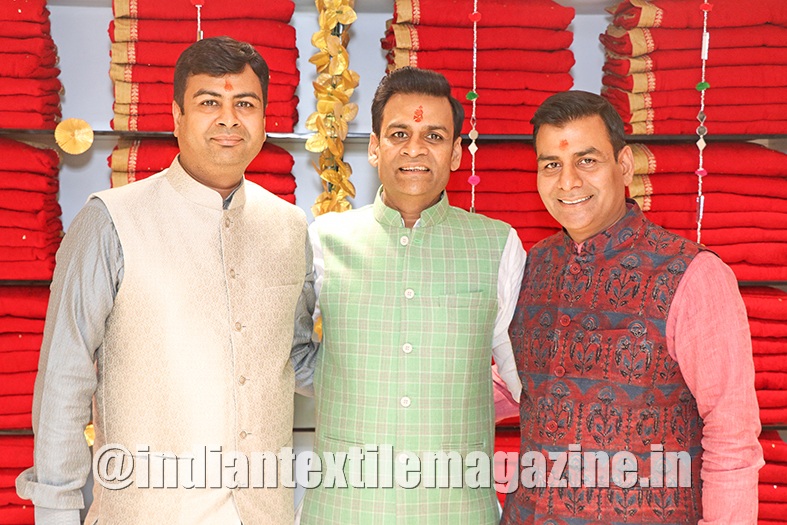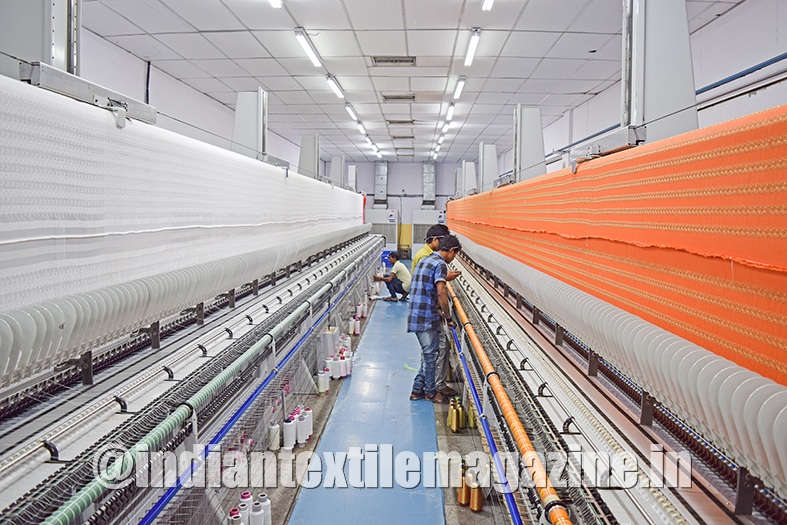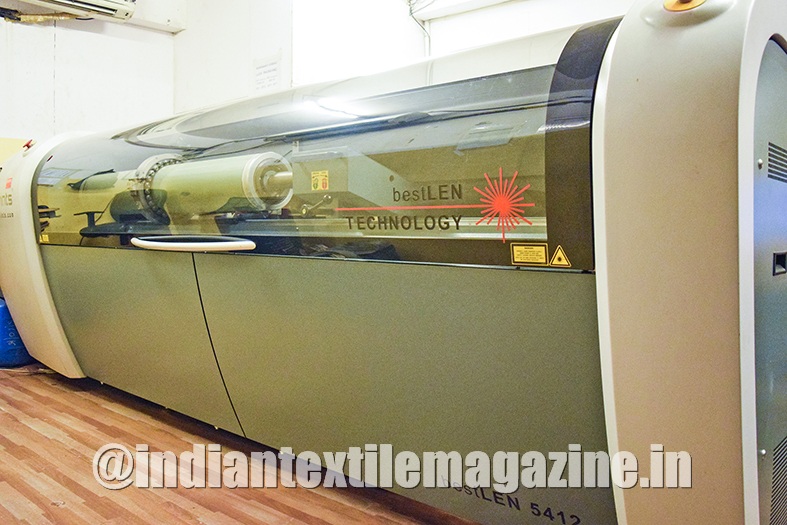The Indian textile market provides a plethora of opportunities to aspiring entrepreneurs. Although the market is dynamic, those who are willing to work hard and are capable of adapting to the consumer needs can make it big in the textile industry. One such organization that has taken the market’s challenges head on and converted them to its advantage is Laxmipati Sarees of Surat.

Laxmipati was established by Mr. Govind Prasad Sarawagi in 1983. He was a trader who started the business in a small rental shop in Gwalior. Later he migrated to Surat in search of better prospects, and to lay the foundation for a manufacturing unit which would supply to his shop in Gwalior. Production of synthetic sarees that once was being carried out on a small scale has today developed into a big business.
The company has 250 looms that produce 80,000 meters of fabric a day. The unit also has a daily processing, printing and dyeing capacity of 1,25,000 meters, backed by 200 multi-head embroidery machines. To keep up to date with the evolving trends, the company has invested in various value addition facilities for sarees. It has machines for stone fixing and laser cutting, and 1,500 sewing machines. The overall production is 25,000 sarees per day.
From a one-man team in the initial days, Laxmipati has presently grown into a sizable group with 3,500 workers involved in the processing side and another 1,000 in weaving. The company has its 1,25,000 square yard factory where all the processes are carried out under a single integrated unit. With the production being carried out on such a large scale, the company has showrooms in four prominent locations across Surat.
While operating in the textile market, it is necessary to look after what the customer wants to buy. Innovation is another significant aspect. Apart from this, many companies adversely affected by stiff competition make the mistake of proceeding hastily.
Laxmipati Sarees has adopted a purely consumer-oriented approach for success. The company believes in continuous innovation and improvement to ensure that the products meet the ever-changing demands of their consumer. Consumer preferences change overnight and so does fashion. In such a fast evolving market, Laxmipati keeps in sync with the latest trends to meet the ever increasing expectations of the consumer.
All the three main factors in production of sarees – processing, printing and value addition – are carefully taken into consideration at Laxmipati. It keeps adding different types of stone work, embroidery and other value addition factors to make the sarees unique and excellent. The company has technical tie ups with Liva, DuPont and Reliance. The ongoing research in these companies enables Laxmipati sarees to keep on track with the latest developments in yarn and fiber.
Laxmipati has an in-house team of 100 competent designers to keep the designs latest. Like many companies that are taking their innovation process a step further, Laxmipati also has tie-ups with major design institutes and designers of the country for further innovative designs.
Ever since its inception, the company has introduced defining changes in its operations, which have proven to improve the overall efficiency and performance. The business has been digitized, and Lamxipati has successfully implemented the SAP S4 HANA system which has resulted in improved productivity and quality. The company has ISO 9001:2015 and OHSAS 18001 as well as OEKO-TEX Stand 100 certifications.
With state-of-the-art machines that utilize much less water compared to conventional machines that company saves a substantial amount of water in processing. It has completed more than three decades in the textile industry and has emerged a successful player with a broad client base.
The company is growing at an annual rate of 20%. With regular continuous R&D efforts, it will be soon launching new products. In the current scenario, only those companies that are devoted to the clients’ needs progress and prosper. Moving on with this motto, Laxmipati Sarees aims at further diversification and expansion.

